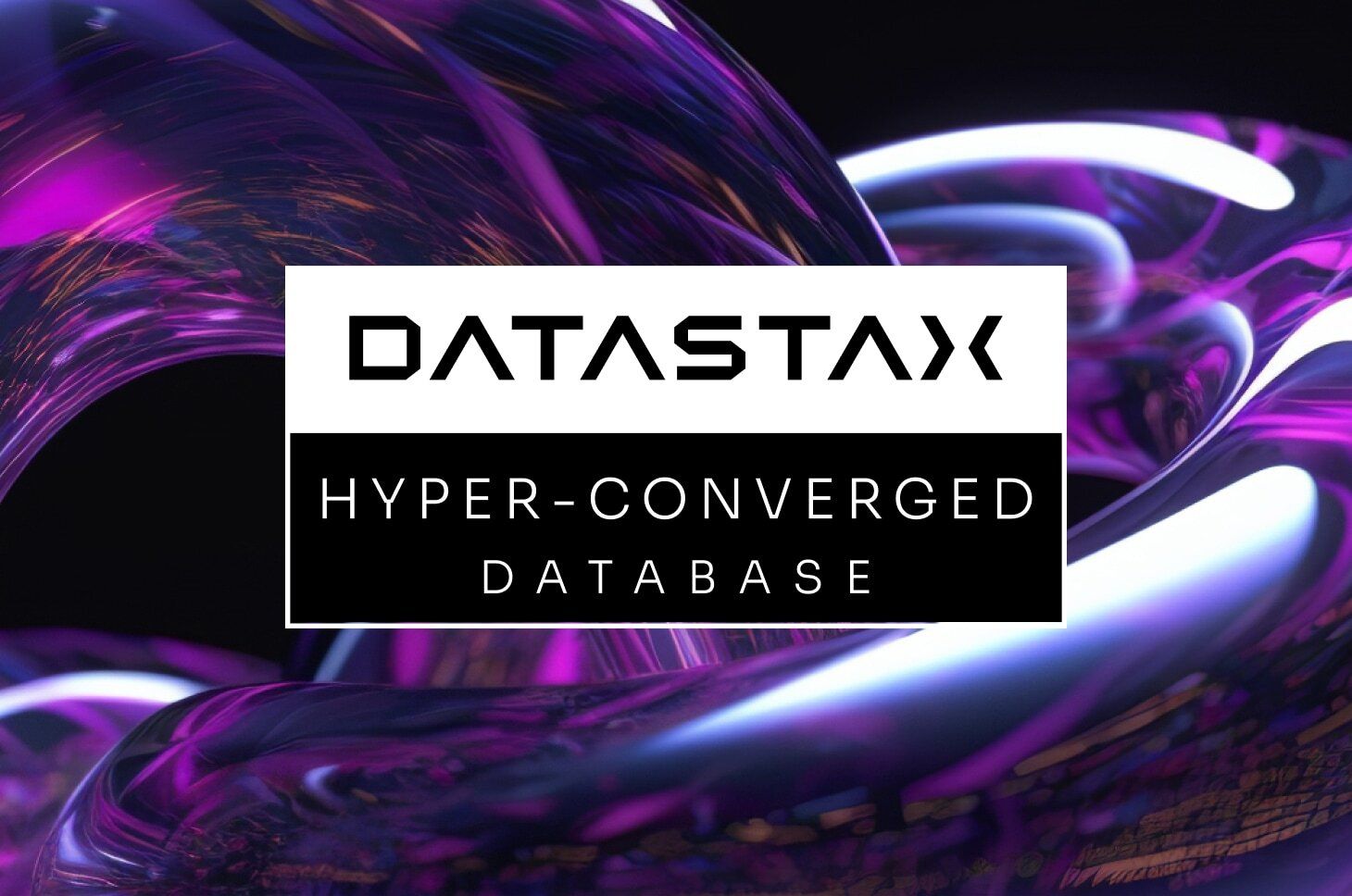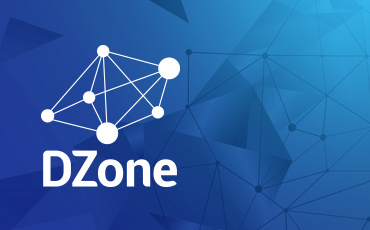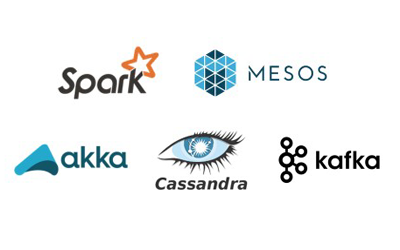As compute clusters scale, making efficient use of cluster resources becomes very important. Peloton is a Unified Resource Scheduler to co-schedule mixed types of workloads such as batch, stateless and stateful jobs in a single cluster for better resource utilization. Peloton is designed for web-scale companies like Uber with millions of containers and tens of thousands of nodes. Peloton features advanced resource management capabilities such as elastic resource sharing, hierarchical max-min fairness, resource overcommit, workload preemption, etc. Peloton is also Cloud agnostic and can be run in on-premise datacenters or in the Cloud.
For more details, please see the Peloton Blog Post and Documentation.
Features
-
Elastic Resource Sharing: Support hierachical resource pools to elastically share resources among different teams.
-
Resource Overcommit and Task Preemption: Improve cluster utilization by scheduling workloads using slack resources and preempting best effort workloads.
-
Optimized for Big Data and Machine Learning: Support GPU and Gang scheduling for Tensorflow. Also support advanced Spark features such as dynamic resource allocation.
-
High Scalability: Scale to millions of containers and tens of thousands of nodes.
-
Protobuf/gRPC based API: Support most of the language bindings such as golang, java, python, node.js etc.
-
Co-scheduling Mixed Workloads: Support mixed workloads such as batch, stateless and stateful jobs in a single cluster.
Getting Started
See the Tutorial for step-by-step instructions to start a local minicluster and submit a HelloWorld job to Peloton.
Architecture
To achieve high-availability and scalability, Peloton uses an active-active architecture with four separate daemon types: job manager, resource manager, placement engine, and host manager. The interactions among those daemons are designed so that the dependencies are minimized and only occur in one direction. All four daemons depend on Zookeeper for service discovery and leader election.
Figure , below, shows the high-level architecture of Peloton built on
top of Mesos, Zookeeper, and Cassandra:

Components:
Peloton consists of the following components:
- Peloton UI: is web-based UI for managing jobs, tasks, volumes, and resource pools in Peloton.
- Peloton CLI: is command-line interface for Peloton with similar functionality to the web-based interface.
- Peloton API: uses Protocol Buffers as the interface definition language and YARPC as its RPC runtime. Peloton UI, Peloton CLI, and other Peloton extensions are all built on top of the same Peloton API.
- Host Manager: abstracts away Mesos details from other Peloton components. It registers with Mesos via Mesos HTTP API.
- Resource Manager: maintains the resource pool hierarchy and periodically calculates the resource entitlement of each resource pool, which is then used to schedule or preempt tasks correspondingly.
- Placement Engine: finds the placement (i.e., task to host mapping) by taking into consideration the job and task constraints as well as host attributes. Placement engines could be pluggable for different job types such as stateful services and batch jobs.
- Job Manager: handles the lifecycle of jobs, tasks, and volumes. It also supports rolling upgrades of tasks in a job for long-running services.
- Storage Gateway: provides an abstraction layer on top of different storage backends so that we can migrate from one storage backend to another without significant change in Peloton itself. We have a default backend for Cassandra built-in, but can extend it to other backends.
- Group Membership: manages the set of Peloton master instances and elects a leader to both register to Mesos as a framework and instantiate a resource manager.
References
User Guide
See the User Guide for more detailed information on how to use Peloton.
Peloton CLI
Peloton CLI is a command line interface for interacting with Peloton clusters, such as creating jobs, check job status etc. For detailed Peloton CLI commands and arguments, see CLI Reference.
Peloton API
Peloton defines the APIs using Protobuf as the IDL and the clients can access Peloton API via gRPC. Peloton supports three client bindings by default including Python, Golang and Java. Any other language bindings supported by gRPC should work as well.
See the API Guide for examples of how to use Peloton clients to access the APIs. For detailed Peloton API definition, see the API Reference.
Contributing
See the Developer Guide on how to build Peloton from source code.
Resources
Documentation
Blogs
Tech Talks
- KubeCon 2018, Seattle (Slides, Video)
- MesosCon 2018, San Francisco
- MesosCon 2017, Los Angeles (Slides, Video)
Contact
To contact us, please join our Slack channel.
License
Peloton is under the Apache 2.0 license. See the LICENSE file for details.









